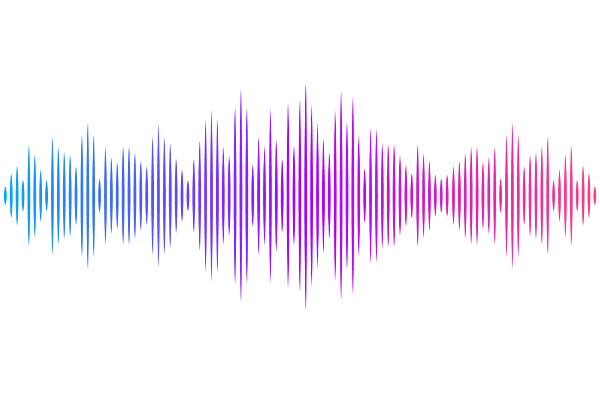Divergent organelle allocation in the evolution of sperm gigantism revealed from subcellular quantification of nematode sperm with electron microscopy

Divergent organelle allocation in the evolution of sperm gigantism revealed from subcellular quantification of nematode sperm with electron microscopy
Schalkowski, R.; Cutter, A. D.
AbstractSperm gigantism evolved multiple times independently among Caenorhabditis nematodes, raising the question of whether intracellular allocation strategies evolved in concert with cell size. Allocation to intracellular components might evolve from direct selection on specific subcellular constituents that affect cell size indirectly, or instead as a byproduct of selection on cell size per se. We used transmission electron microscopy of spermatozoa to quantify investment in pseudopods, mitochondria, and membranous organelles (MOs) from C. macrosperma and C. nouraguensis, related species divergent in sperm size. We demonstrate that C. macrosperma allocates more to mitochondria, in both total and relative terms, consistent with larger sperm cells having greater energetic demands associated with longevity, adhesion, and motility functions. Similar relative pseudopod sizes between species, however, is consistent with an optimal pseudopod:cell body ratio. MO size and distribution patterns within cells implicate C. macrosperma having lower relative investment in MO contributions to seminal fluid, thus excluding increased investment in MOs and pseudopod as drivers of sperm gigantism in C. macrosperma. We conclude that cell size per se likely represents the primary target of selection in the evolution of sperm gigantism, with mitochondrial traits likely evolving as a consequence of increased energetic demands of giant sperm cells.